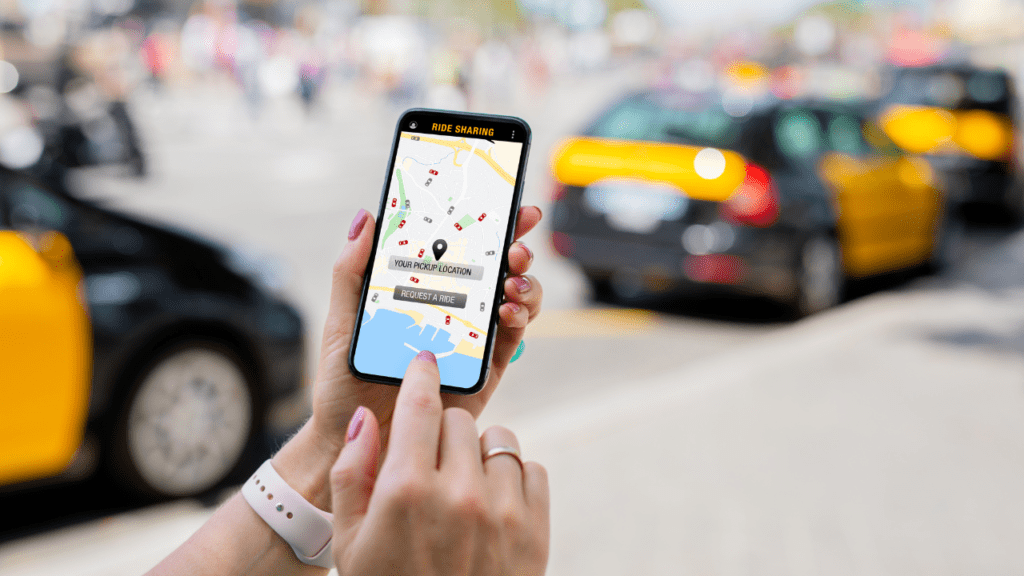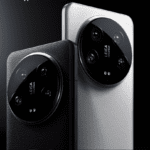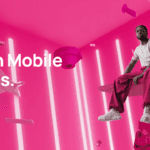Uber revolutionised the last-mile connectivity globally by bringing the supply and demand on a common platform through an app. Soon this was replicated by Ola in India which had already started as a cab service. Both the ride hailing apps have now been offering very effective services to riders across several cities and towns of the country. However, like any intermediary-seller model, the reputation of the platform is dependent on the products and services offered by the sellers on the platform. For example, our perception about Amazon and Flipkart is largely influenced by the quality of products we get from these. The first brand name in line of fire for any unacceptable experience is the platform.
Though platforms have been maintaining that they are facilitators, consumers still expect them to own the responsibility to some degree for the brands they promote and enable on their platforms. Packaging, on-time delivery, user interface, etc., of course are the responsibility of the platforms. But product remains the core.
Similarly, in ride hailing services like Uber and Ola, while they manage the demand and supply, the condition of the cab is the responsibility of the owner / driver of the cab. Over the past few years, we are witnessing massive degradation of the experience delivered by these cabs. Riding cabs having unbearable odours, untidy upholstery, broken knobs and buttons, dirty and damaged exteriors are very common experiences that people booking them face with. There are also instances when customers complain of finding the driver under the influence of alcohol.

Yes, there is the mechanism of submitting feedback and making complaints. The ratings given by passengers does impact the overall reputation and variable earnings of the drivers. But there are very rare cases when drivers are taken off the platform. There are also shady ways of circumventing the blacklisting methods and drivers may be able to get their cabs back on the platform.
Such reactive consumer care doesn’t fit with the positioning of any ride hailing service, which is a digital first service. The positioning of such services on the digital maturity map is always on the top owing to the tech understanding and implementation of such apps.
Compared to this Blu Smart, which is an all-electric vehicle cab fleet, is owned by a company and its drivers are engaged on a salary + commission model. It is relatively easy for them to implement homogenous guidelines to ensure a degree of service experience that they want to be known for. This is the reason we as consumers of these services, find Blu Smart able to deliver homogenous experience across its fleet, while in case of Uber and Ola no do cabs are same.
Ula and Ober cannot ensure the service quality levels without using technology beyond the app which bridges the demand and supply. They need the cabs to get connected. The connected cabs can help them in several ways to elate the reputation of their services.
Firstly, they will get a lot of inputs on the driving patterns of the driver. If the driver is adhering to all the road safety norms, not driving recklessly, and obeying all the traffic rules can be captured through a bunch of sensors that can be loaded on to a cab.
Similarly, knowing the fuel levels will allow services like Uber and Ola to restrict operations of cabs to the areas where they can fulfil a trip without making the passenger to wait at a refilling station. This becomes pain especially when its CNG refill which takes longer times, and one could be late for a very critical meeting.
Thirdly, and very importantly, a lot of sensors can give a good periodic sense of the ambience and cleanliness of the cab inside. For instance, the odour in the cab, breath analyser to detect alcohol intake by the driver, consent-based camera eye to inspect the interior upholstery, and so on.
There can be a connected cab module which can be retrofitted in these cabs leading to proactive customer care for these cab services to be able to create, sustain and monitor the service levels that they want to deliver and delight their passengers with.
The government may also need to take a review of these cab services in the consumer interest and even go to the extent of making it mandatory by law to have a connected cab with recommended sensors and other elements that ensure safety, comfort, and the experience level which a passenger deserves. While passengers do appreciate and pay for the value such ride hailing services have brought in the commute, it cannot be seen discreet of the ambience and the environment in which they are delivering this value.




